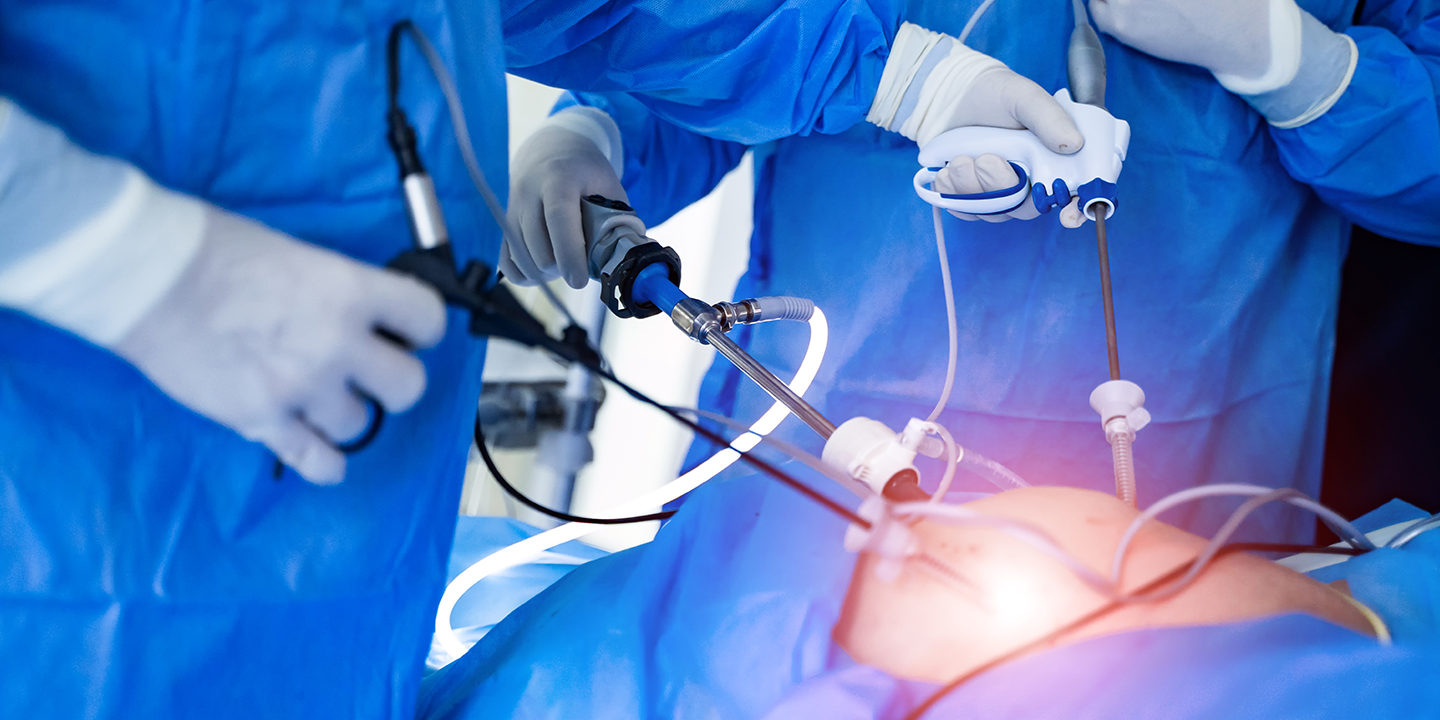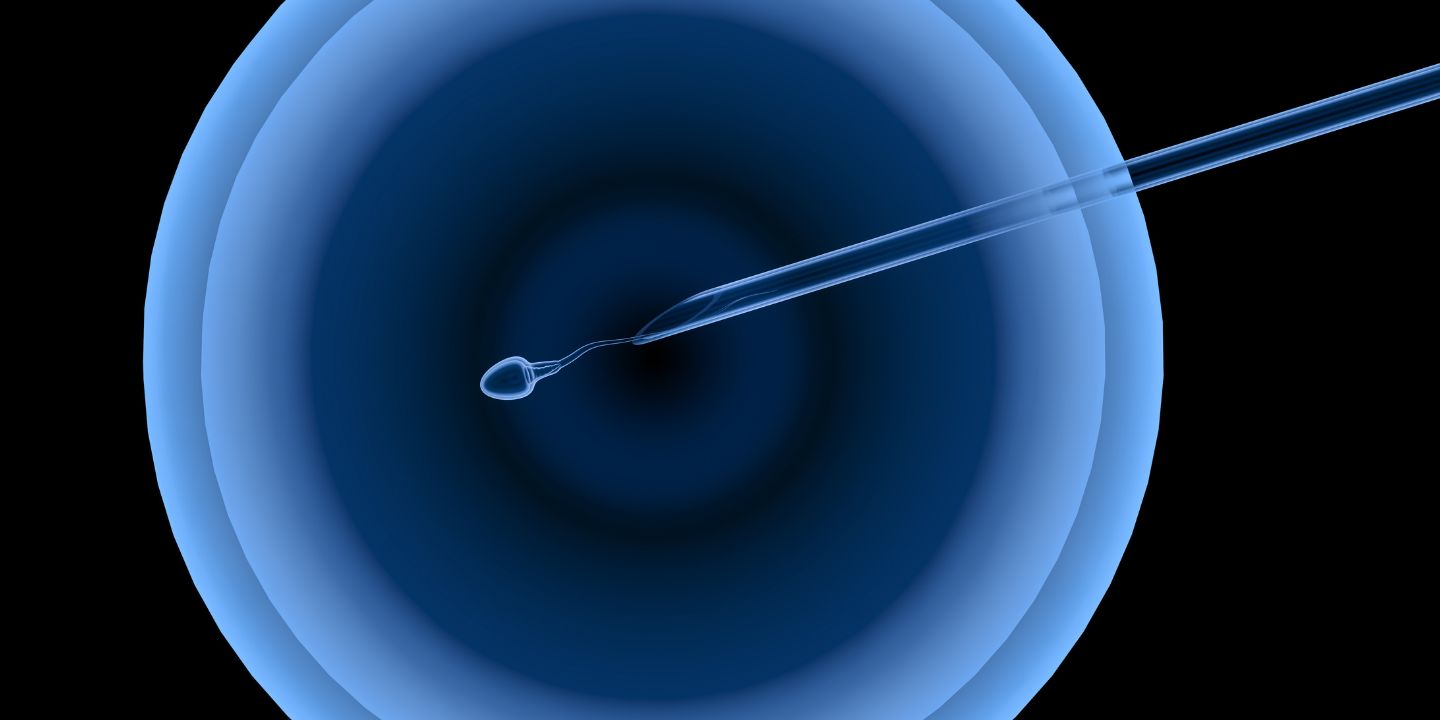
Infertility is the most common issue that can affect both genders. Despite being a common problem, infertility is a challenging and emotional journey. It is a problem of the reproductive system when a couple cannot conceive after trying for one year without protection. There are two types:
- Primary infertility
Couples who cannot conceive even after trying for more than a year of unprotected sex Many factors contribute to primary infertility, including ovulation disorders that disturb the release of mature eggs. Also, men face challenges like low sperm count or mobility issues along with structural abnormalities in either partner’s reproductive system, which can present hurdles.
- Secondary infertility
When a couple is unable to conceive after having one baby and faces the struggle to create again, it is termed secondary infertility. This type of infertility is caused by age as a decline in fertility if there are complications from previous pregnancies or childbirth and some changes in reproductive health over time.
- Unexplained infertility
It is another type of infertility in which testing cannot find a reason why a person or couple is not able to get pregnant.
There are many causes of infertility, including genetic abnormalities, hormonal imbalances, structural problems, infections, and lifestyle factors such as smoking, alcohol consumption, and obesity. Fortunately, recent technological advancements and infertility treatment options are offering new possibilities for those struggling with infertility. Your visit to the best fertility clinic help you with the prevention, diagnosis, and treatment of infertility.
In this Article
- 1 Exploring various fertility treatment
- 2 Success rates of fertility drugs
- 3 Risk of fertility drugs
- 4 IVF process
- 5 IVF success rates
- 6 IVF risks
- 7 IUI process
- 8 IUI success rates
- 9 IUI risks
- 10 Donor egg procedure
- 11 Donor eggs’ success rates
- 12 Donor eggs risk and complications
- 13 unknown hereditary factors
- 14 Traditional surrogacy
- 15 Gestational surrogacy
- 16 Surrogacy success rates
- 17 Surrogacy risk factors
- 18 Egg-freezing success rates
- 19 Conclusion
Exploring various fertility treatment
Fertility drugs are often the initial step when it comes to fertility treatment for couples who wish to conceive and are facing infertility. These are medications specialists of the best fertility clinic may use to enhance and increase the chances of reproductive fertility. There are many types of fertility treatments nowadays based on the cause of infertility. Treatments for women may include medicines and surgery. There are many procedures termed as ART, assisted reproductive technology. These procedures are done by a fertility specialist who helps a couple get pregnant. Fertility treatments can either be done to restore fertility through medications or surgery or else getting pregnant with many assisted techniques. Let us discuss these treatment options in detail:
- Fertility medications
Generally, treatment starts with medications to restore fertility. These medications are prescribed by fertility specialists that help to regulate or stimulate ovulation and are also termed fertility drugs. These drugs are considered the primary treatment options for women who are infertile because of ovulation disturbance. These drugs work like natural hormones to trigger ovulation and are also used in women who ovulate to try to stimulate better eggs or extra eggs.
Success rates of fertility drugs
Fertility drugs are the main treatment option for infertility that’s due to ovulation trouble. These can help the ovaries release an egg if in case ovulation is irregular or stops happening. The successful pregnancy rates with fertility medications prescribed by fertility specialists depend on the drug that is given.
Risk of fertility drugs
Using these drugs can carry some risks like multiple pregnancies, premature labor, low birth weight, and developmental issues. Also, it poses long-term of risks of ovarian tumors.
- IVF
IVF or in vitro, fertilization is the most preferred choice and is a form of ART in which a special technique is used to assist women in getting pregnant. It is said to be the best fertility treatment and is often tried when other treatments fail. IVF involves multiple steps to get the expected results and works by using a combination of medications and surgical procedures. It ultimately helps sperm fertilize an egg and helps that already fertilized egg implant in the uterus. IVF fertility procedure has many steps, and it takes months to complete it. Sometimes, it works on the first try, but many need more than one round of IVF to conceive. This fertility treatment increases couples’ chances of pregnancy if they struggle with fertility problems.
IVF process
It is a multi-step process and is an advanced fertility treatment, and its cost is reflective of the success rate. The process involves combining an egg and a sperm cell in a carefully controlled environment by experts and transferring the resulting embryo to the uterus for implantation.
- The process starts with taking medications for many months to help your ovaries produce many eggs that are mature and ready for fertilization. This step is called an ovulation induction. The doctor will advise you to visit for regular blood tests or ultrasounds to measure hormone levels and keep track of your egg production.
- The time your ovaries produce enough mature eggs, your fertility specialist will then remove the eggs from your body; this procedure is known as egg retrieval and is a minor surgical procedure.
- The next step is termed insemination, in which, in the lab, your eggs are mixed with sperm cells taken from your partner or donor. Eggs and sperm are stored together in a particular container, and fertilization happens. For sperm with low motility, they may be injected directly into the eggs for fertilization.
- After that, cells in the fertilized eggs divide and become embryos, and people who work at the lab monitor the entire progress.
- After three to four days of egg retrieval, one or more embryos are put into the uterus, and this step is called embryo transfer. During this process, a doctor will slide a thin tube into the uterus and insert the embryo directly through the line.
IVF success rates
IVF success rates tend to decline with age, and for women below 35 years of age, the percentage of IVF success rates is about 55 percent. Births at the first embryo transfer attempt are 41 percent. With a later embryo transfer, the live birth percentage is around 47 percent. For women above 40, the IVF success rate is about 7 percent.
IVF risks
There are some side effects and risks involved in IVF procedures, like :
- Cramping
- Bloating
- Mood swings
- Breast tenderness
- Headaches
- Bruising from shots
- Allergy to medicines
- Bleeding
- Infection
It is best to talk to your fertility specialist or gynecologist about your side effects or any other concerns:
- IUI
IUI, i.e., Intrauterine insemination, is considered the perfect option for people struggling with unexplained infertility. In this sperm is directly injected into the uterine cavity near the ovulation time. IUI fertility treatment is also best for couples who are having trouble conceiving due to poor or low sperm count, ejaculation problems, or cervical conditions.
IUI process
It is a less invasive process done near ovulation and carried out 24 to 36 hours after the hormone surges.
The first step starts with the collection, specially washed in the lab to separate sperm from a fluid.
These sperm are inserted into the uterus directly.
IUI success rates
The IUI success rate depends upon many variables: age, diagnosis, and timing. A woman under 35 years of age has a 15 to 20 percent probability of becoming pregnant and conceiving after just one IUI cycle.
IUI risks
There are times when many over-respond to the fertility medications given as injections during the IUI fertility procedure. There are specific side effects or risks involved:
- Dizziness
- Sudden weight gain
- Breath shortness
- Nausea
- Vomiting
- Severe pelvic or abdominal pain
- A sudden increase in the size of the abdomen
- Donor eggs treatment
It is one of the fertility procedures for women who are unable to get pregnant with their eggs, and women who carry a genetic mutation will also be perfect candidates for Donor Egg IVF.
Donor egg procedure
Donor egg fertility treatment is a procedure in which mature eggs are retrieved from a donor’s vary, which is first screened by a series of tests to qualify as an egg donor. The couples visit the clinic for medical examinations and blood tests.
- The procedure starts by providing the couple with the door acquisition form, and a specialist will help them select a donor from the profiles shared by ART Bank. The section will be among the healthy donors who have passed all needed tests.
- The selected donor had to undergo various blood tests and an ultrasound. According to the results, the ovaries are stimulated with the medication to promote the follicles with eggs.
- The ovary response is then checked through ultrasonography and blood investigations. The recipient undergoes hormonal treatment to improve the uterus lining during this period.
- Egg collection is another step that is done after twelve days of taking fertility medication. Also, a trigger shot is recommended to assist the final egg maturation. The gg door will then visit the best fertility clinic for egg retrieval. Eggs are then retrieved and processed by experts at ART labs.
- On the same day, the male partner will offer a fresh semen sample, and the required perms are extracted in a separate process.
- Different processes can be used to fertilize the eggs, and after 18 hours, the eggs and sperm are brought together and checked to see if fertilization has taken place. The embryo is cultured in an incubator for about five days.
- After a successful embryo transfer, the doctor will prescribe some medications that increase the chances of embryo implantation. After that, pregnancy tests are conducted after a specific period.
Donor eggs’ success rates
Donor egg fertility treatment uses eggs from a healthy woman who is in her 20s, which increases the success rates by about 75 percent in just one round. Also, it increases success rates for women in their 40s because of the involvement of a healthy woman in her 20s.
Donor eggs risk and complications
Minimal risks are associated with using donor eggs. The main risks include
unknown hereditary factors
- STD transmission
- Certain pregnancy complications
- Surrogacy
Surrogacy is a method of ART that carries a pregnancy and provides birth to a baby for another woman. There are two primary options: traditional and gestational.
Traditional surrogacy
During traditional surrogacy, your surrogate acts as both the carrier and the egg donor; this means she is the genetic mother to the child.
Gestational surrogacy
In gestational surrogacy, the carrier has no genetic link to the child. The intended mother’s eggs will be fertilized via IVF, and there will be a transfer of embryos to the surrogate mother.
Surrogacy success rates
With a healthy surrogate, the success rates of surrogacy range between 60 to 80 percent.in terms of higher surrogacy success rates, the age of the egg donor is more vital than the age of the surrogate. A healthy egg from a young donor who may be in her 20s will increase the chances of a successful pregnancy.
Surrogacy risk factors
Surrogacy involves complicated medical processes and screening, including pre-transfer medicines to the embryo transfer. Pregnancy can be stressful as well as emotionally complex, and it can be even more challenging when you are carrying someone else’s baby.
- Egg freezing
Egg freezing is one of the best fertility treatment options for those who wish to carry out pregnancy when they want. It involves the egg retrieval from the woman’s ovaries and, after that, freezing them for later use. Women can use them when ready for conception and pregnancy.
Egg-freezing success rates
Women who stored about ten eggs after age 35 had a 30 percent success rate. Women below 35 years of age with the same number of eggs had twice that success rate.
Egg freezing risks
Egg freezing, like all other methods of ART, has some risks involved. For example, frozen eggs are at risk of damage during the cryofreezing process.
Conclusion
About 80 percent of couples do not know why they cannot conceive, and many others never get a clear explanation of why they experience this problem. The good news is that there are many fertility procedure options, and they can be a long, emotional journey for couples. Treatment choice depends upon diagnosis, specific test results, the time the couple tried to conceive, and the couple’s overall health and preferences. Out of the options, the treatment you have and recommended by the fertility doctor is likely to depend on the reason for your infertility. You should make an appointment with the best fertility doctor in Delhi if you haven’t conceived after a year of unprotected intercourse. Queen’s Gynecology is for you if you are experiencing infertility and wish to start a family. The expert fertility specialist here developed multiple tests to determine the root cause of infertility, be it male or female, and then offers the best UVF and many other infertility treatments in South Delhi.














